Ancient civilizations and lost cultures have always fascinated us with their remarkable achievements and enduring mysteries. From the advanced engineering of the Great Pyramid of Giza to the enigmatic Nazca Lines in Peru, these ancient societies displayed a level of sophistication that continues to astound modern researchers. Despite the passage of time, the secrets they left behind still intrigue and captivate us, offering glimpses into their complex worlds and the incredible feats they accomplished. Here are 20 astonishing facts that shed light on the wonders of these bygone eras.
The Great Pyramid Alignment
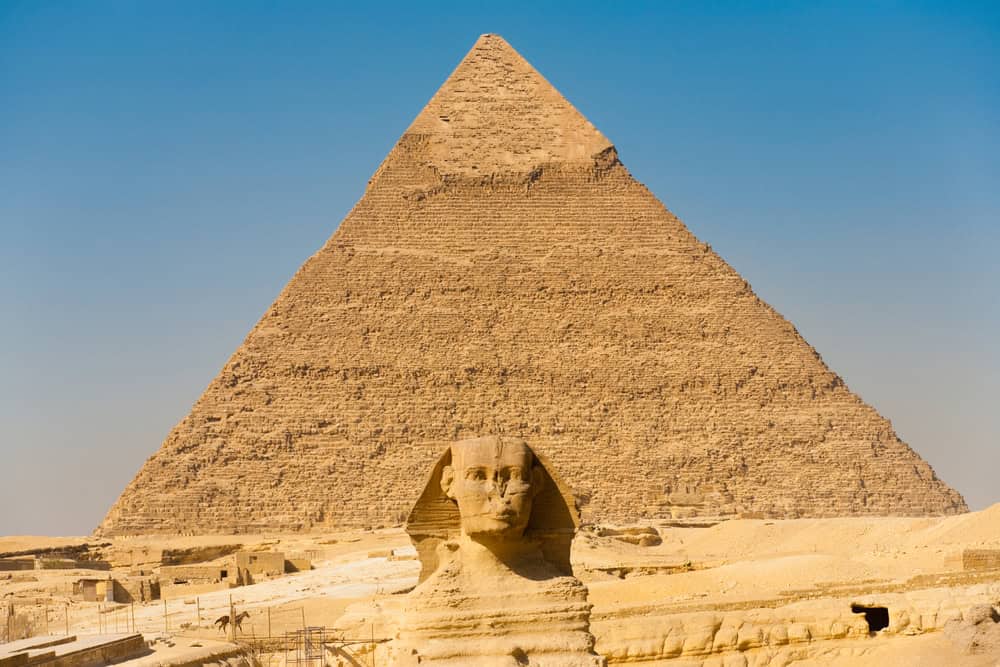
The Great Pyramid of Giza, built around 2560 BC, is aligned with remarkable precision to the cardinal points—north, south, east, and west. Modern studies have shown that its sides deviate from true north by just 1/15th of a degree. This accuracy has led to various theories about the methods used by the ancient Egyptians, including the use of stellar alignment and shadow casting.
The Nazca Lines Mystery
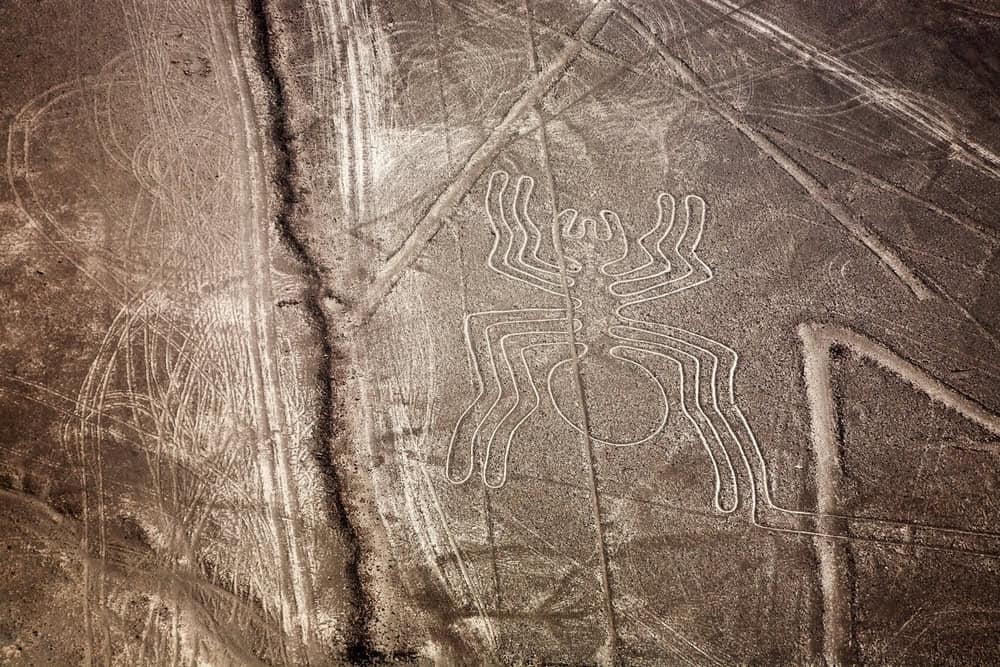
The Nazca Lines, created by the Nazca culture between 500 BC and 500 AD, consist of hundreds of large-scale geoglyphs in the Peruvian desert. The largest figures are up to 1,200 feet long. Some theories propose they were made for astronomical purposes, while others suggest they were related to water rituals or served as a form of pilgrimage route.
The Disappearance of the Maya
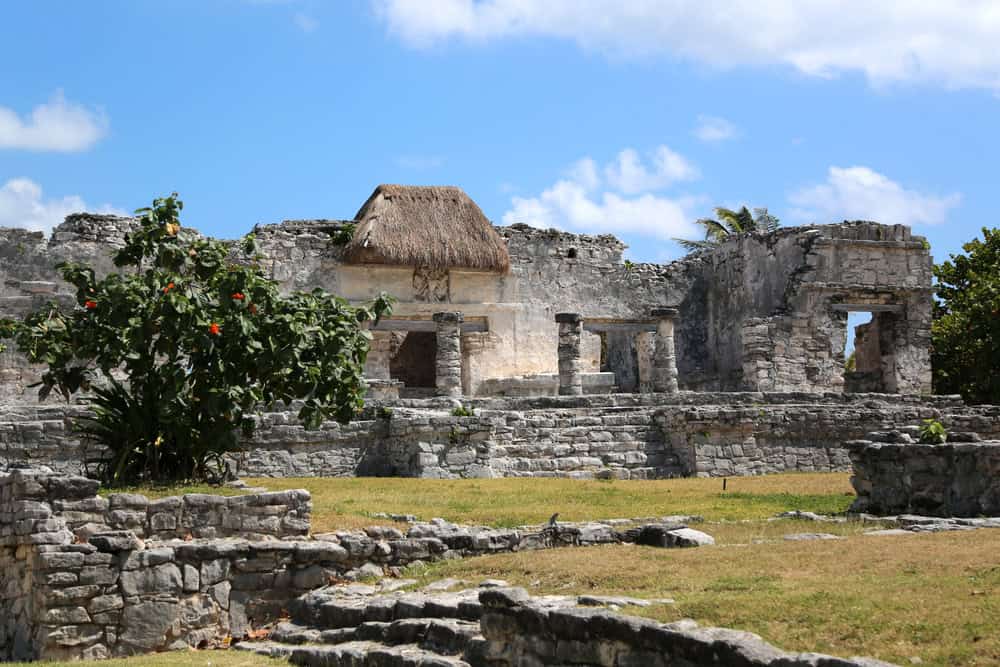
The Maya civilization, flourishing from 2000 BC to the 16th century AD, was known for its advanced writing system, astronomical observations, and intricate architectural structures. Despite their achievements, many major Maya cities were abandoned by the end of the 9th century. Researchers suggest a combination of factors like severe droughts, overpopulation, deforestation, and prolonged warfare contributed to their decline.
Göbekli Tepe’s Enigmatic Origin
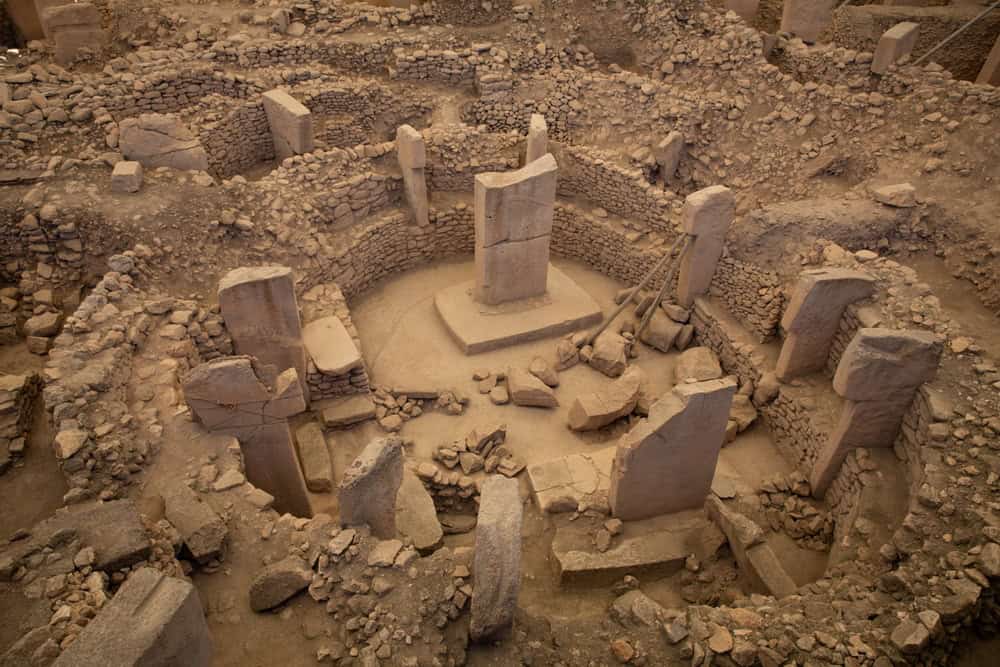
Göbekli Tepe, located in modern-day Turkey, dates back to around 9600 BC and is often considered the world’s oldest known temple complex. Its massive stone pillars, decorated with carvings of animals and abstract symbols, predate the advent of agriculture, suggesting that complex social and religious structures existed before settled farming communities. This site challenges conventional theories about the origins of civilization.
Easter Island’s Moai Statues
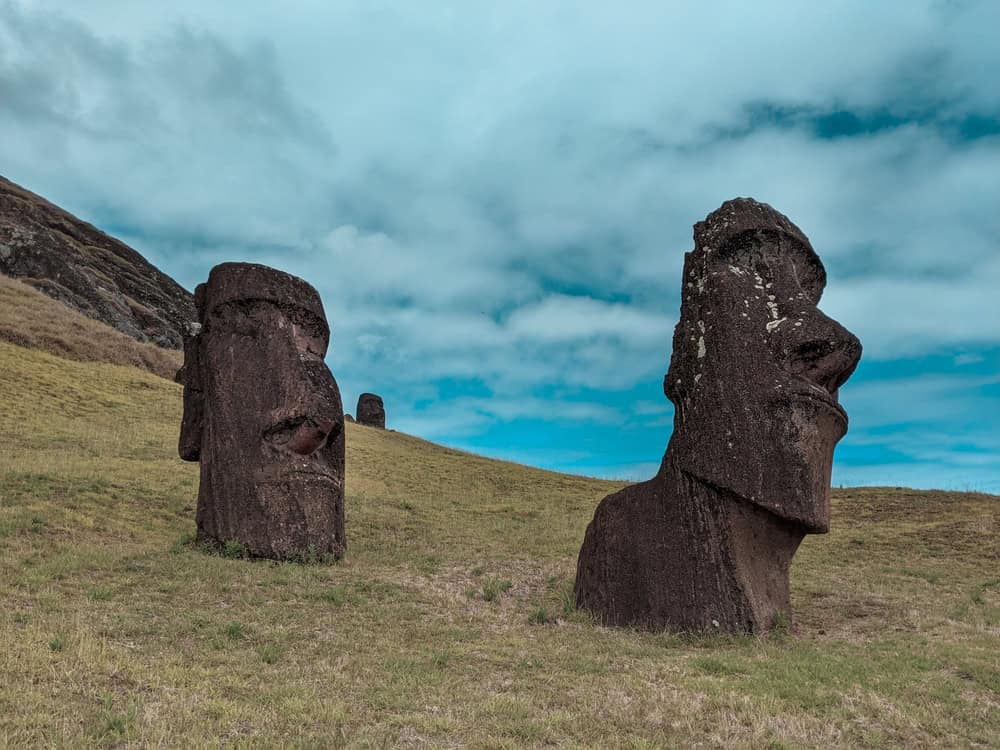
The Moai statues, carved by the Rapa Nui people between 1400 and 1650 AD, stand up to 33 feet tall and weigh as much as 82 tons. They are believed to represent ancestral figures and were placed on stone platforms called ahu. Recent research indicates the statues were moved using a “walking” method, where ropes were used to rock the statues back and forth, advancing them forward.
Machu Picchu’s Inca Engineering
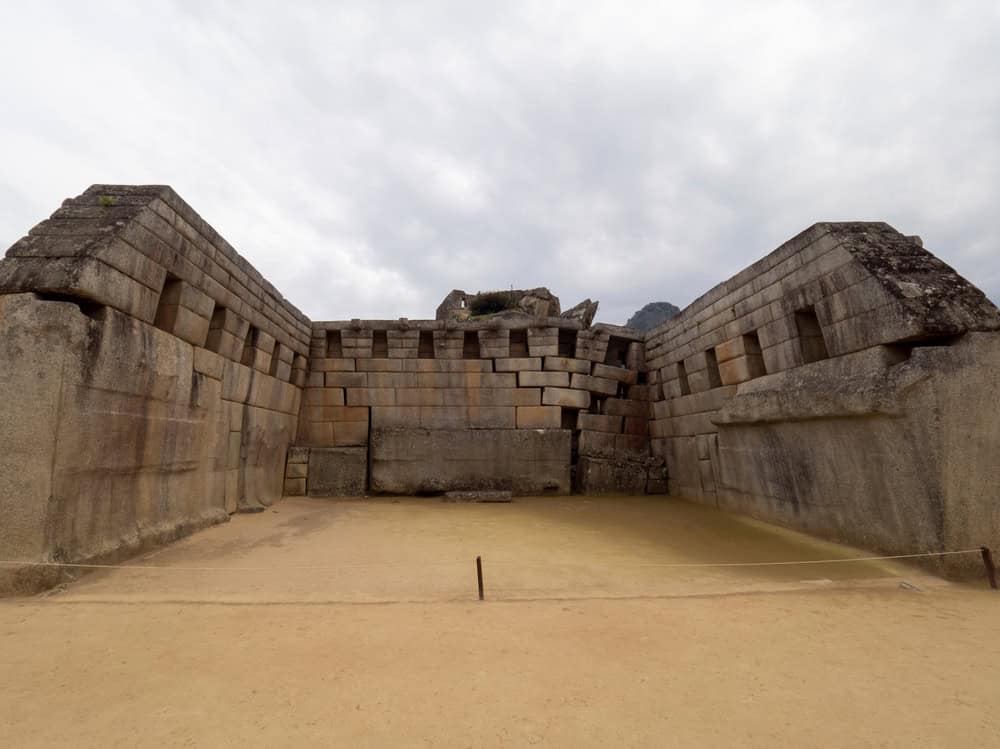
Machu Picchu, built in the 15th century under the Inca emperor Pachacuti, is a testament to Inca engineering prowess. The site features extensive terracing and sophisticated water management systems, including fountains and drainage channels that prevent erosion and landslides. Its remote location and complex construction continue to awe visitors and researchers alike.
The Indus Valley Civilization
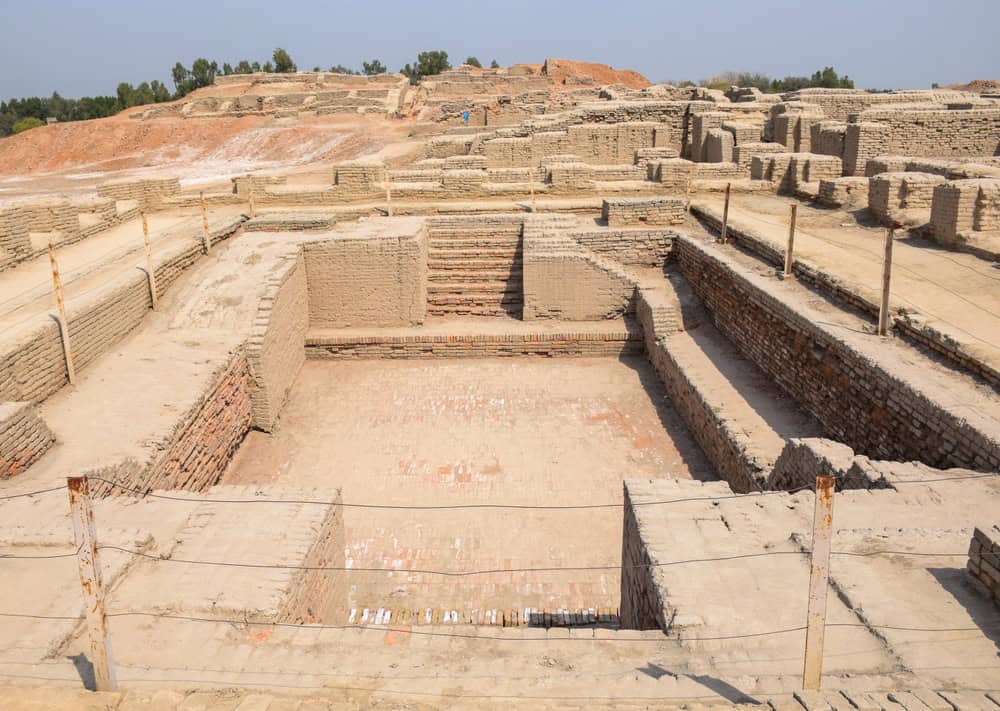
The Indus Valley Civilization, which thrived between 3300 and 1300 BC in what is now Pakistan and northwest India, is noted for its advanced urban planning. Cities like Harappa and Mohenjo-Daro had grid-patterned streets, standardized fired-brick buildings, and complex drainage systems. The civilization’s script remains undeciphered, leaving many aspects of their culture and governance a mystery.
Atlantis – Fact or Fiction?
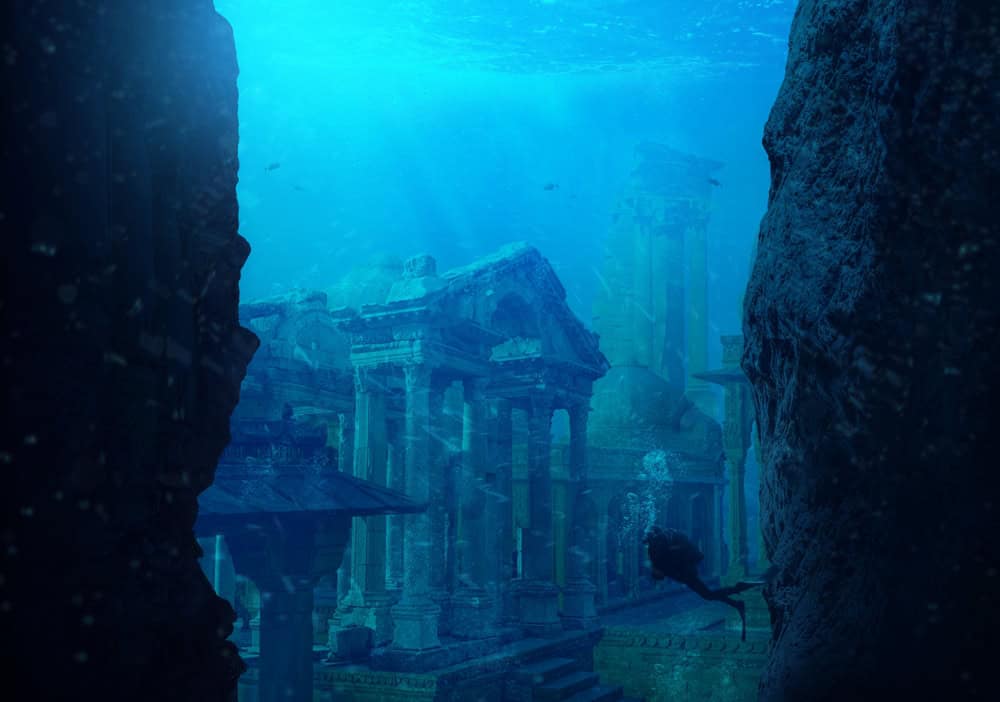
Atlantis, first mentioned by the Greek philosopher Plato around 360 BC, is described as an advanced civilization that existed about 9,000 years before his time. It supposedly sank into the ocean “in a single day and night of misfortune.” Despite extensive searches and numerous theories, no concrete evidence of Atlantis has been found, making it one of the most enduring legends of lost civilizations.
The Baffling Antikythera Mechanism
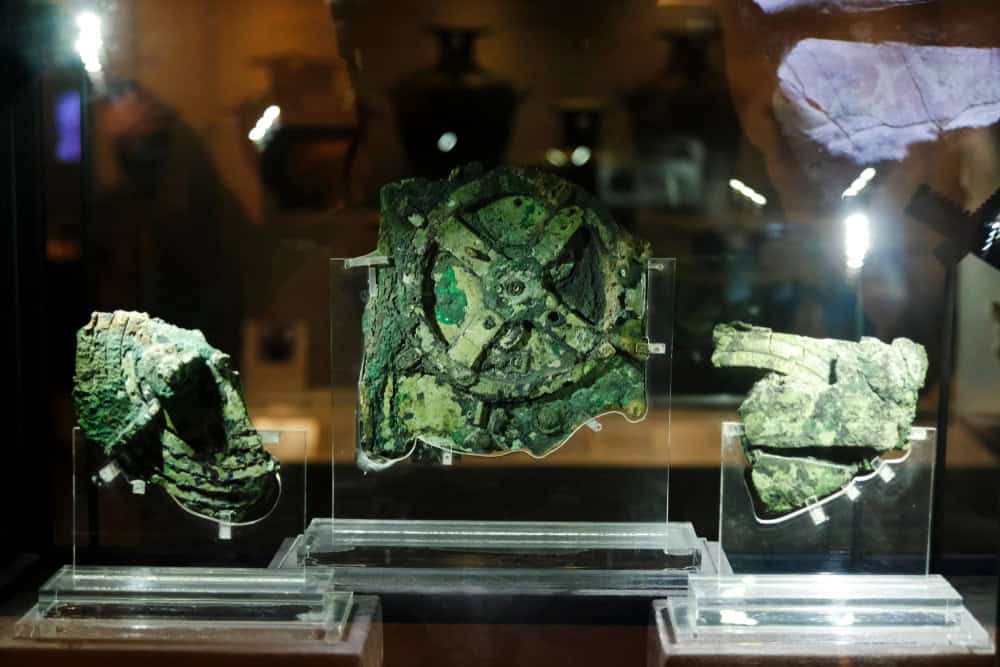
The Antikythera mechanism, discovered in a shipwreck off the Greek island of Antikythera in 1901, dates to around 100 BC. This intricate device, made of bronze gears, was used to predict celestial events such as eclipses and planetary positions. Its complexity suggests that ancient Greeks had a much more advanced understanding of astronomy and mechanical engineering than previously thought.
The Library of Alexandria
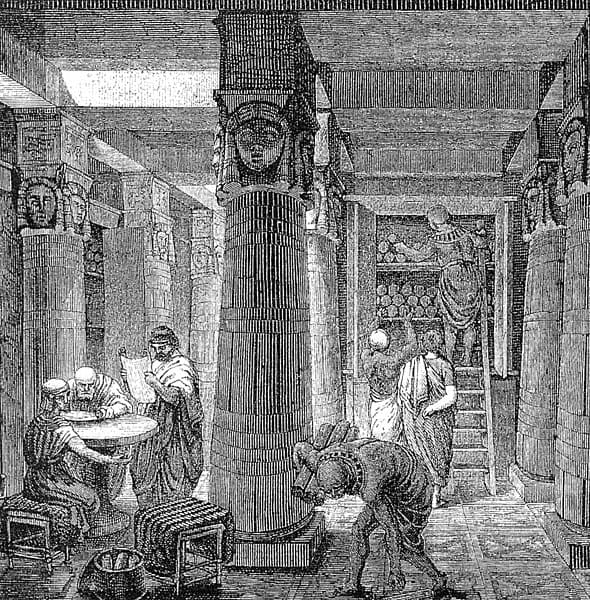
Founded in the 3rd century BC in Alexandria, Egypt, the Library of Alexandria was a hub of learning and scholarship, housing hundreds of thousands of scrolls. It attracted scholars from around the Mediterranean. The library’s destruction, which occurred in a series of events over several centuries, led to the loss of vast amounts of knowledge and literary works, symbolizing a profound cultural tragedy.
The Anasazi and Cliff Dwellings
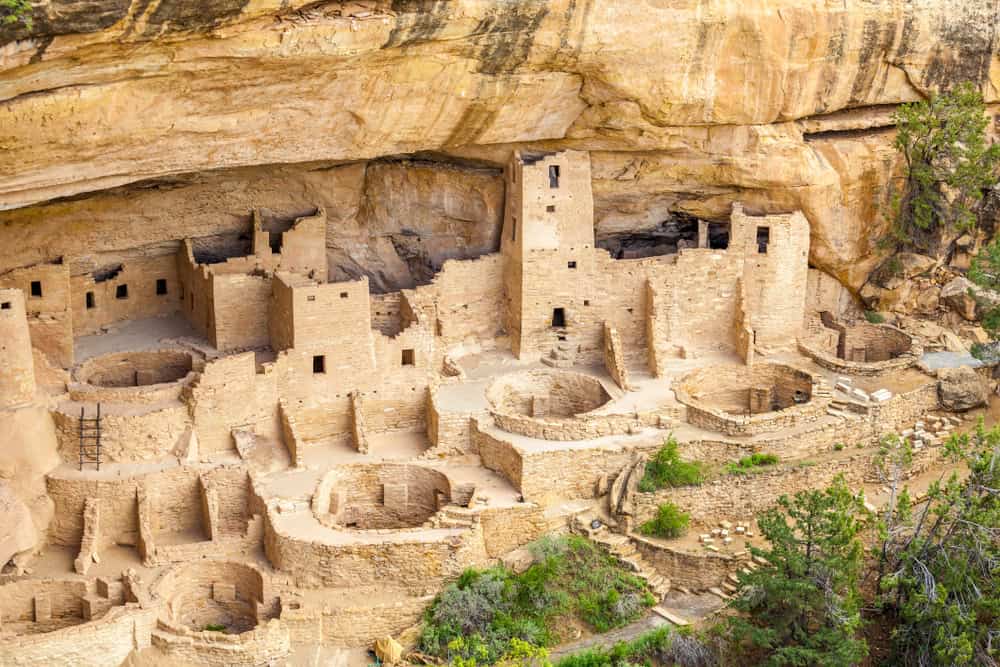
The Anasazi, or Ancestral Puebloans, built their impressive cliff dwellings between 1200 and 1300 AD in the Four Corners region of the United States. Structures like those found in Mesa Verde National Park were carved into cliffs and featured multiple stories and rooms. These dwellings provided protection from the elements and invaders, showcasing their advanced architectural skills and adaptation to their environment.
The Oracle Bones of China
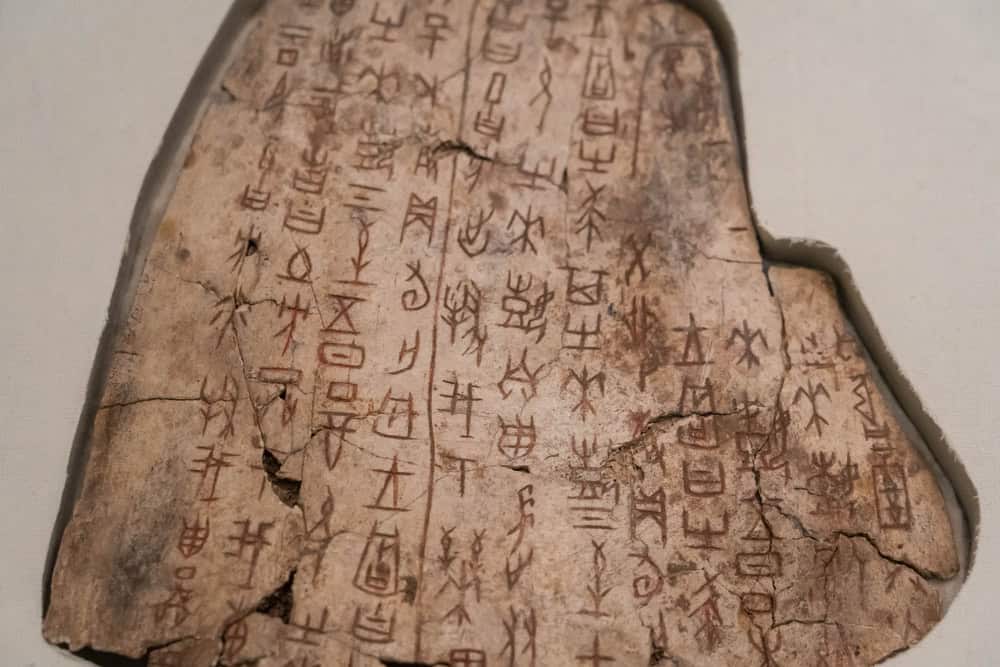
Used during the Shang Dynasty (c. 1600–1046 BC), oracle bones were primarily turtle shells and ox scapulae inscribed with early Chinese characters. They were used by diviners to predict the future by interpreting the cracks formed after heating the bones. These inscriptions provide valuable insights into early Chinese writing, religion, and societal concerns.
The Lost City of Petra
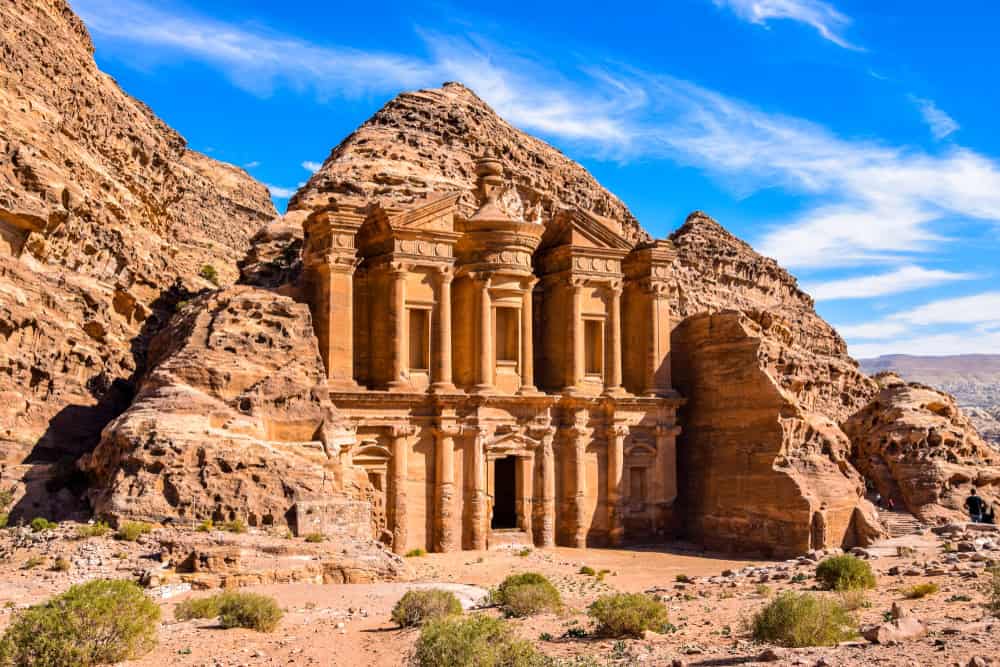
Petra, established around the 6th century BC, served as the capital of the Nabataean Kingdom. Its rock-cut architecture and sophisticated water management system, which included dams, cisterns, and aqueducts, made it a major trading hub. Petra was abandoned after a series of earthquakes and changing trade routes but was rediscovered by Swiss explorer Johann Ludwig Burckhardt in 1812.
The Bronze Age Collapse
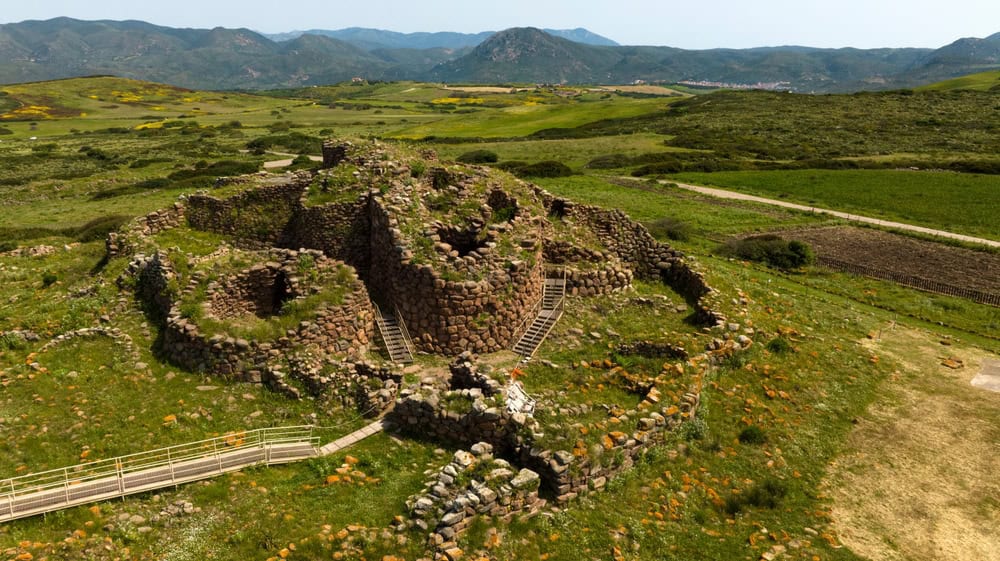
Around 1200 BC, a wave of destruction swept across the Eastern Mediterranean, leading to the collapse of several advanced civilizations, including the Mycenaeans, Hittites, and Egyptians. Theories about the causes of this collapse include natural disasters, such as earthquakes and droughts, invasions by the mysterious Sea Peoples, and systemic economic and social problems.
The Mysterious Voynich Manuscript

The Voynich Manuscript, carbon-dated to the early 15th century, is an illustrated codex written in an unknown script and language. It contains images of unidentified plants, astronomical diagrams, and human figures. Despite numerous attempts to decipher its contents, the manuscript’s purpose and meaning remain unknown, fueling speculation and intrigue.
The Olmec Colossal Heads
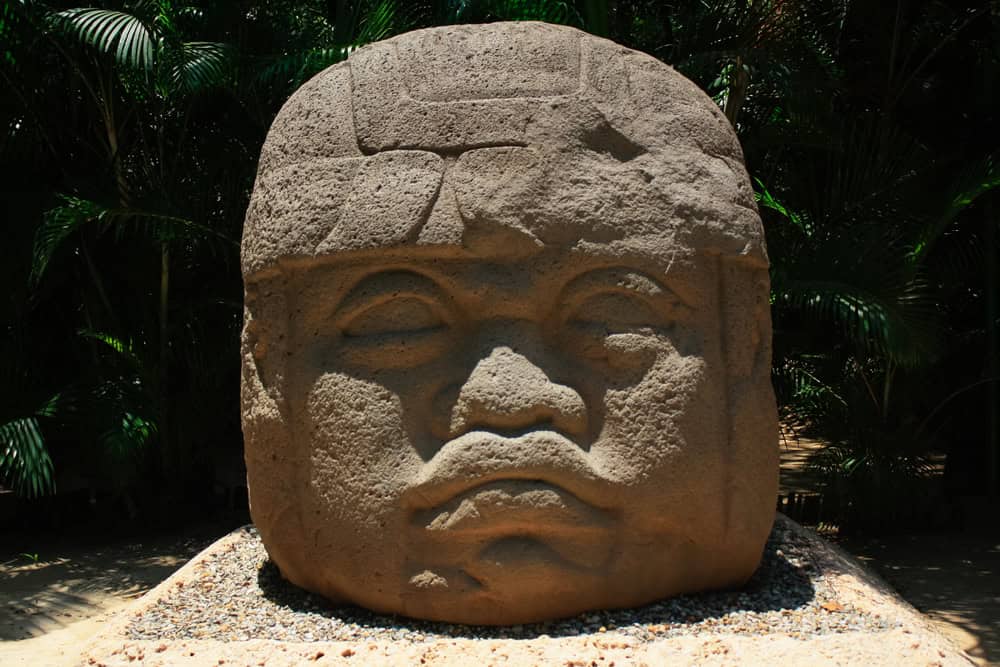
The Olmec civilization, flourishing from around 1600 to 400 BC in present-day Mexico, is best known for its colossal stone heads. These heads, weighing up to 40 tons and standing up to 10 feet tall, were carved from basalt and transported over great distances. They likely represent Olmec rulers and are notable for their distinctive facial features, including helmets.
The Enigma of the Etruscans
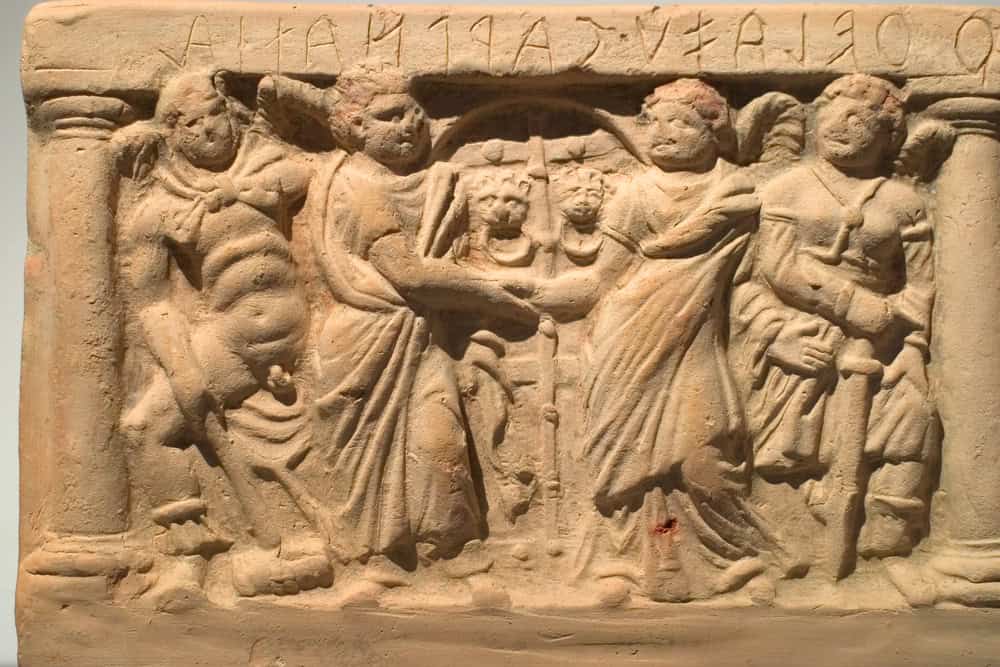
The Etruscans, who lived in what is now Tuscany, Italy, before the rise of Rome, had a rich culture known for its art, metallurgy, and urban development. They significantly influenced Roman culture, yet much about them remains unknown. Their language, although partially understood through inscriptions, has not been fully deciphered, leaving many aspects of their society shrouded in mystery.
The Collapse of the Minoan Civilization
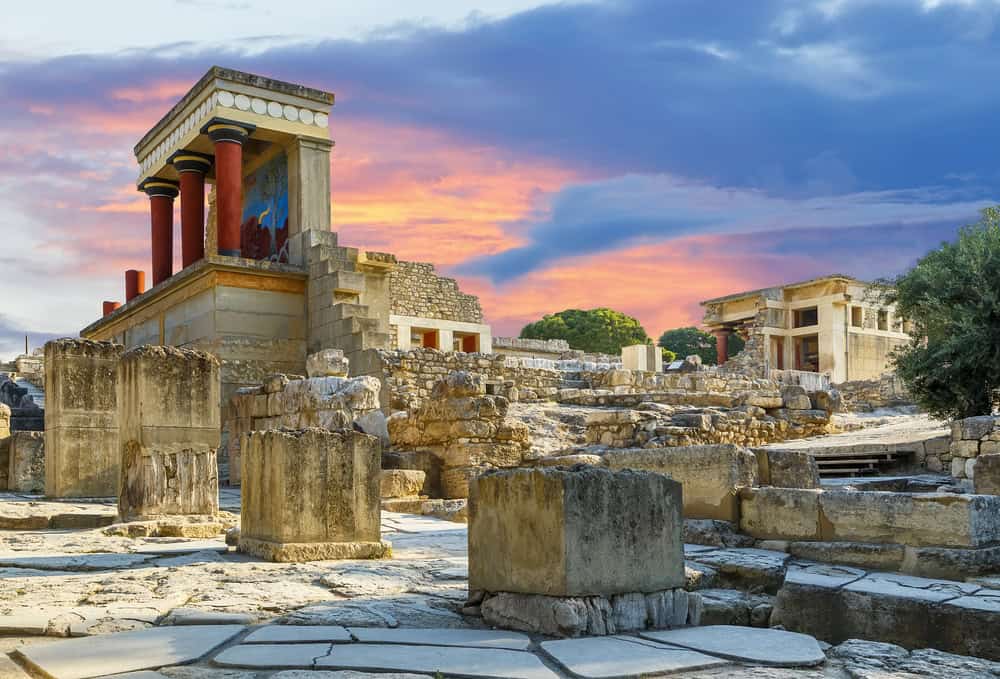
The Minoan civilization, centered on the island of Crete, reached its peak between 2000 and 1450 BC. Known for their palatial complexes, vibrant frescoes, and advanced plumbing systems, the Minoans experienced a sudden decline. The eruption of the Thera volcano (modern-day Santorini) around 1600 BC and subsequent tsunamis likely contributed to their downfall, along with invasions by Mycenaeans.
The Advanced Astronomy of the Chacoans
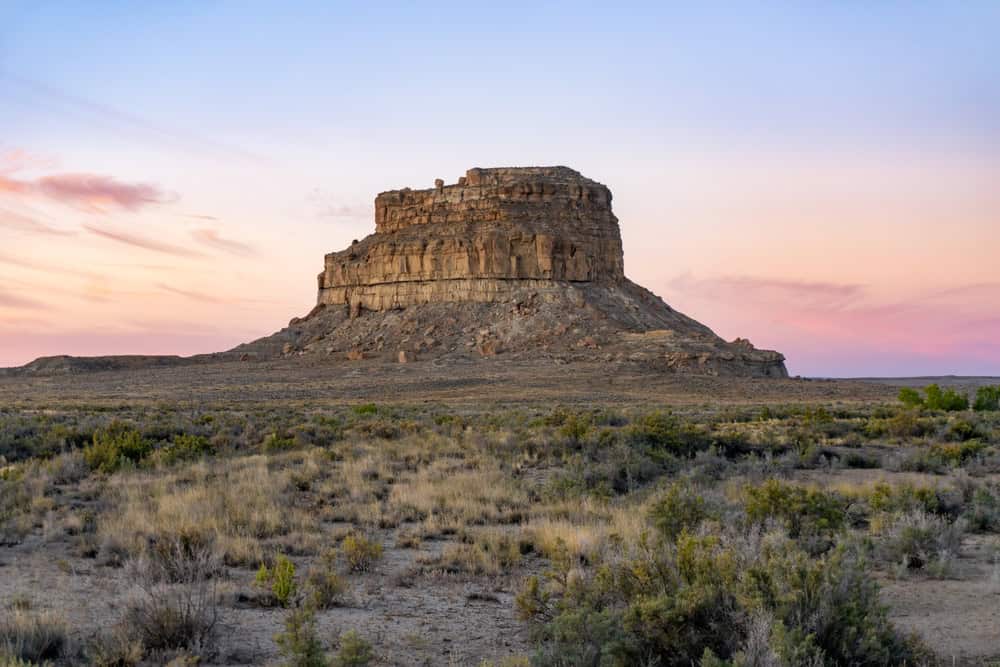
The Chacoans, who lived in Chaco Canyon from 900 to 1150 AD, built massive stone structures aligned with solar and lunar cycles. Buildings like Pueblo Bonito were designed to mark the solstices and equinoxes. These alignments indicate a sophisticated understanding of astronomy and suggest that Chaco Canyon was a major center for ceremonial and astronomical activities.
The Enigmatic Sphinx
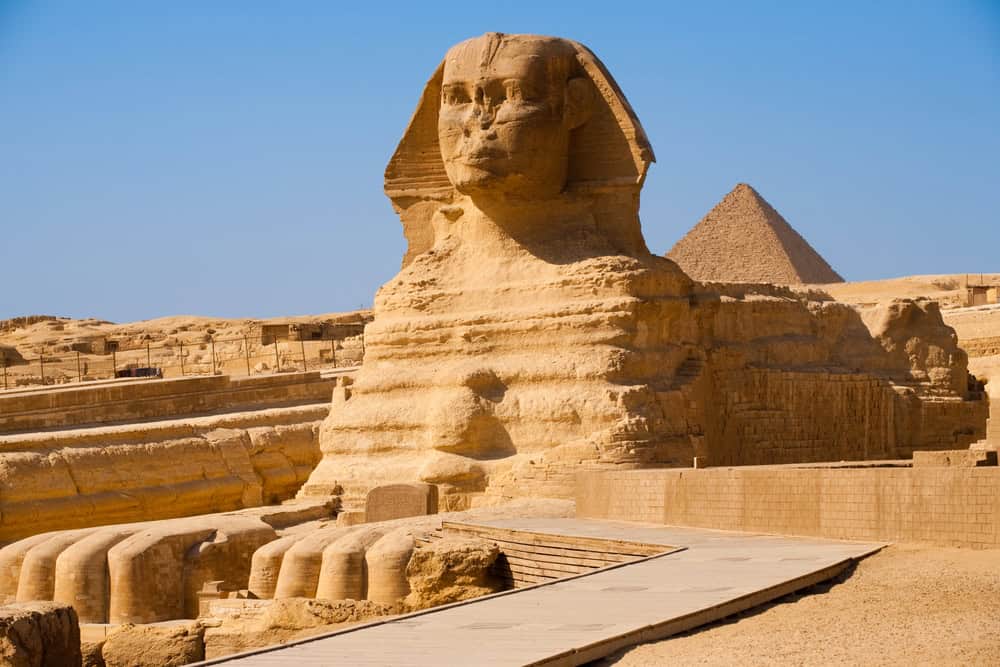
The Great Sphinx of Giza, carved from limestone around 2500 BC, features the body of a lion and the head of a pharaoh, believed to be Khafre. It measures 240 feet long and 66 feet high. The Sphinx’s purpose and the methods used for its construction are still debated. Some theories propose it served as a guardian of the Giza Plateau, while others suggest it was part of a larger religious complex.
This article originally appeared on Rarest.org.
More From Rarest.Org
The world of football has witnessed some jaw-dropping transfers, where top clubs have not shied away from splurging massive amounts to acquire the best talents. These record-breaking deals not only reflect the player’s potential and skill but also signify the financial muscle and strategic ambitions of the clubs involved. Read more.
Forza Horizon 4, known for its stunning visuals and expansive open world, offers an impressive lineup of high-end cars that players can acquire. From classic legends to modern hypercars, the game’s collection includes some of the most expensive and coveted vehicles ever made. Read more.
When it comes to luxury shopping, the world’s most expensive fashion stores are not just about clothing; they are about the experience of opulence and exclusivity. From the plush interiors to the impeccably tailored collections, these stores offer high-end fashion from iconic brands like Chanel, Hermès, and Gucci. Read more.



